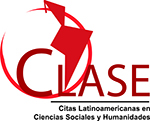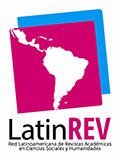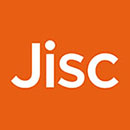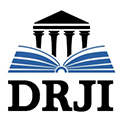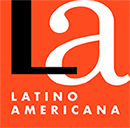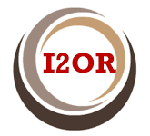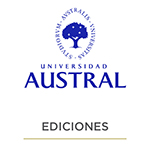Works Created within the Course of Employment in the Current Modality
Abstract
Many legislations grant the employer ownership (some even authorship), unless otherwise agreed, over the works created by their dependents, hired exclusively for such purposes, within the course of employment. That is, for the ownership (or authorship, according to the legislation) to belong to the employer, the absence of an agreement to the contrary is necessary, that the employee has been hired exclusively to carry out said creation, and that it be carried out within the course of the employment: fulfilling their usual work functions and within the workplace.
Perhaps, until recently, it was easy (except for exceptional cases) to determine when a work had been created by a clerk within the course of employment and when not. By answering the following questions, the solution would be found: Was the creation done in the workplace? Was the creation done within your working day? In addition to performing it within the workplace and during his working hours, did the salaried author perform it while performing his usual job functions?
However, the strong impact that the pandemic generated by COVID-19 had, producing changes at a global level in contracting modalities cannot be ignored. Many dependents no longer work in person at the company's home, but do so (at least partially) remotely. Neither do many of the dependents who work remotely fulfill a certain working day. Therefore, in the current situation, it will not be easy to determine when a work created by a dependent has been within the course of employment and when not.
Downloads
References
Albrieu, R. (2020). Evaluando las oportunidades y los límites del teletrabajo en Argentina en tiempos de COVID-19. CIPPEC. https://www.cippec.org/wp-content/uploads/2020/04/Albrieu-abril-2020-Oportunidades-y-limites-del-teletrabajo-en-Argentin...-3.pdf.
Arnold, A. (2021). Sofware created by employees – Who owns the copyright? Steven & Bolton. https://www.stevens-bolton.com/site/insights/articles/software-created-by-employees-who-owns-the-copyright.
Blum, J. y Palmer, J. (2021). What happens if an employee writes code in his “personal time” – Penhallurick v MD5. Kluwer Copyright Blog. http://copyrightblog.kluweriplaw.com/2021/03/08/what-happens-if-an-employee-writes-code-in-his-personal-time-penhallurick-v-md5/.
Emery, M. (1984). Los contratos de publicidad. Nociones. Cuestiones modernas. La Ley. https://www.informacionlegal.com.ar.
Emery, M. (1999). Propiedad intelectual. Astrea.
Herrera, J. (2011). La nueva regulación en Colombia sobre transferencia de derecho patrimoniales de autor. Herrera Díaz Abogados. http://herreradiaz.com/en/la-nueva-regulacion-en-colombia-sobre-transferencia-de-derecho-patrimoniales-de-autor-published-in-revista-del-centro-colombiano-de-derecho-de-autor/.
Lypszyc, D. (2017). Derecho de autor y derechos conexos. CERLALC.
Nuñez, A. (2020). La cantidad de trabajadores remotos permanentes se multiplicará por dos en 2021. TICbeat. https://www.ticbeat.com/empresa-b2b/la-cantidad-de-trabajadores-remotos-permanentes-se-multiplicara-por-dos-en-2021/.
Sáenz, D. (2018). La propiedad intelectual en el caso del autor trabajando en relación de empleo asalariado (autor - empleado). Revista Iberoamericana de la Propiedad Intelectual, (11), 1-26. https://ojs.austral.edu.ar/index.php/ripi/article/view/464.
Villalba, C. y Lypszyc, D. (2009). El derecho de autor en la Argentina (2a ed.). La Ley.
Weller, J. (2020). La pandemia del COVID-19 y su efecto en las tendencias de los mercados laborales. Comisión Económica para América Latina y el Caribe.
Copyright (c) 2021 Fernando Augusto Mafud

This work is licensed under a Creative Commons Attribution-NonCommercial-NoDerivatives 4.0 International License.
This license allows the copy, distribution, exhibition and representation of the work provided authorship is acknowledged and the work is properly quoted. Commercial use of the original work or the generation of derived works are not allowed.
The authors hereby guarantee the right to the first publication of the work to the Revista Iberoamericana de la Propiedad Intelectual.









